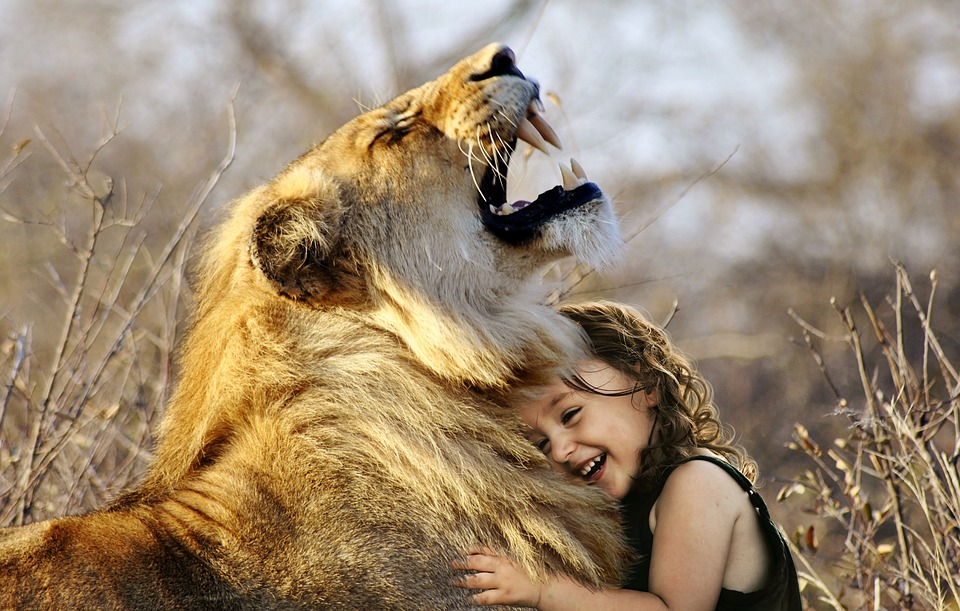Hairballs are a common issue that many cat owners face, but they can be prevented with a few simple steps. In this comprehensive guide, we will explore the causes of hairballs, effective prevention methods, and address some frequently asked questions to help you keep your feline friend healthy and happy.
To understand how to prevent hairballs, it’s important to first understand what they are and how they form. Hairballs are wads of hair that accumulate in a cat’s stomach and are then regurgitated. Cats groom themselves by licking their fur, and during this process, they ingest loose hairs. These hairs can’t be digested, so they form into hairballs.
There are several common causes of excessive shedding and hairballs in cats. These include seasonal shedding, stress or anxiety, poor nutrition, allergies, and underlying health issues. By addressing these causes, you can help reduce the likelihood of hairball formation.
Proper grooming plays a crucial role in preventing hairballs. Regular brushing helps to remove loose hairs from your cat’s coat before they can be ingested. Choose the right grooming tools for your cat, such as a brush or comb that suits their fur type. For long-haired cats, professional grooming options, such as regular trims or even shaving, can help minimize shedding and hairball formation.
A healthy diet is also essential in preventing hairballs. High-quality cat food that supports optimal digestion can help reduce shedding and hairball formation. Look for cat food that is rich in essential nutrients and free of fillers or artificial additives. Additionally, incorporating fiber into your cat’s diet can aid in digestion and the passage of hair through the digestive system. Consult with your veterinarian to determine the best diet for your cat’s specific needs.
Hydration is another important factor in hairball prevention. Make sure your cat has access to fresh water at all times to promote healthy digestion and prevent dehydration. Consider providing wet food or adding water to your cat’s dry food to increase their overall water intake.
Regular exercise is not only beneficial for your cat’s overall health but also plays a role in hairball prevention. Physical activity helps to stimulate digestion and keep your cat’s gastrointestinal system functioning properly. Interactive toys and playtime can also help reduce stress, which is another common cause of excessive shedding and hairballs.
Creating a hairball-friendly environment is crucial in preventing hairballs. Maintaining a clean living space helps reduce the amount of loose hair your cat comes into contact with. Regularly vacuuming and dusting can help minimize the amount of loose hair in your home. Additionally, reducing environmental stressors, such as loud noises or changes in routine, can help prevent excessive shedding. Lastly, ensuring proper litter box hygiene is important, as stress or discomfort in the litter box can lead to excessive grooming and hairball formation.
In the frequently asked questions section, we address common concerns about hairballs. Topics covered include the potential harm of hairballs, the frequency of grooming, cat breeds prone to hairballs, the effectiveness of hairball prevention products, signs of hairball obstruction, and occasional vomiting of hairballs.
In conclusion, by implementing these preventative measures, you can significantly reduce the occurrence of hairballs in your cat and promote their overall well-being and comfort. Regular grooming, a balanced diet, exercise, and a stress-free environment are all key factors in preventing hairballs. If you have any concerns about your cat’s health or are unsure about any aspect of hairball prevention, consult with your veterinarian for personalized advice and guidance. With proper care and attention, you can keep your feline friend hairball-free and happy.








